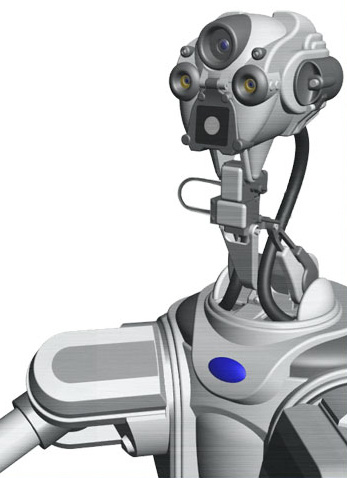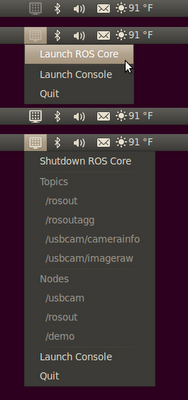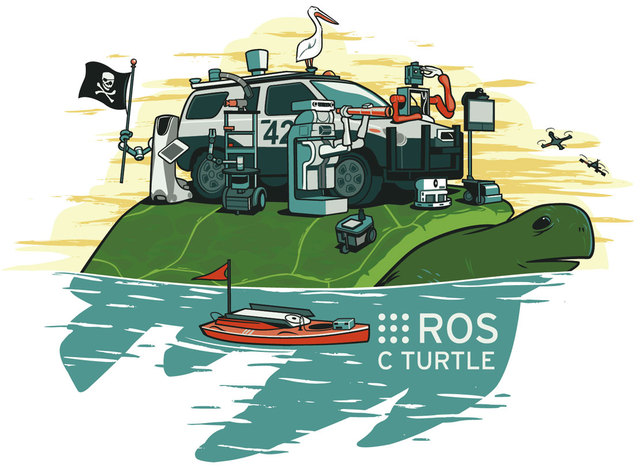 DARPA is having a contest to name their new robot for the ARM program. "The ARM Robot" has two Barrett WAM arms, BarrettHands, 6-axis force torque sensors at the wrist, and pan-tilt head. For sensors, it has a color camera, SwissRanger depth camera, stereo camera, and microphone.
DARPA is having a contest to name their new robot for the ARM program. "The ARM Robot" has two Barrett WAM arms, BarrettHands, 6-axis force torque sensors at the wrist, and pan-tilt head. For sensors, it has a color camera, SwissRanger depth camera, stereo camera, and microphone.
The final software architecture and APIs have not been released yet, but the FAQ notes:
The software architecture is TBD, but is leaning toward a nodal software architecture using a tool such as Robotic Operating System (ROS).
The software track for the ARM program currently includes Carnegie Mellon University, HRL Laboratories, iRobot, NASA-Jet Propulsion Laboratory, SRI International and University of Southern California. It would certainly be a great boost for the ROS community to have more common platforms to develop and share the latest perception and manipulation techniques.
Below is a video from Dr. Motilal Agrawal of SRI (via Hizook) showing it in action. Dr. Agrawal and SRI are looking for Ph.D/Masters students with experience in robotics, ROS, and OpenCV. Want a job?











 Billy McCafferty of
Billy McCafferty of